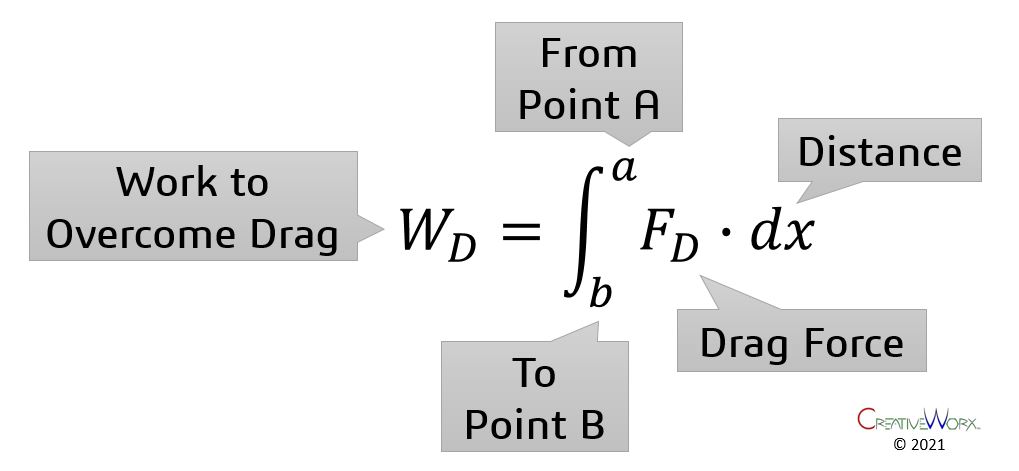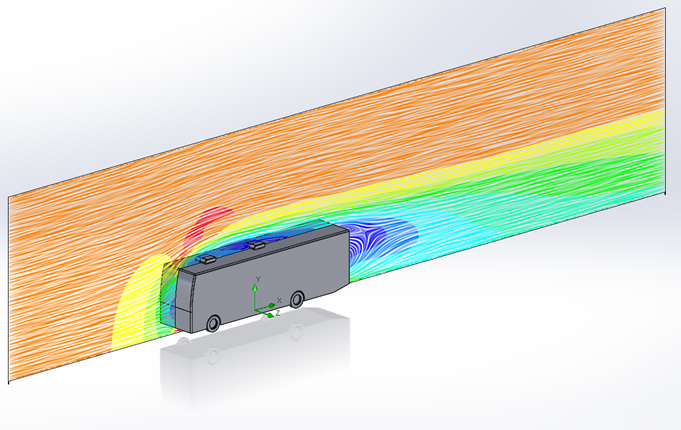With much focus being put on fuel efficiency or battery range, one area getting a lot of attention is aerodynamics. So how does aerodynamics influence efficiency? As discussed on the Aerodynamics 101 page, when a vehicle moves through the air, a force resisting the motion of the vehicle is generated that is known as the drag force. This is partly why when you let off the accelerator, a vehicle will automatically start to slow down. Because work is a function of force times distance, whenever a vehicle moves a considerable portion of the work the engine or motor delivers is used to overcome the drag force.

If the drag force is reduced, then the work the powerplant has to do to propel the vehicle down the road will be reduced as well. This not only improves efficiency, but also means there will be less wear on all the drive train components in the load path between the powerplant & the ground. This includes things like the transmission, U-joints, gears, bearings & tires. And where there is less wear, there is more reliability. So lowering drag can minimize the total cost of ownership (TCO), not just by lowering fuel costs, but also by extending component life & reducing down time.
Another way to look at the work required to overcome drag is to understand its relationship to power. Work is function of power times time. In other words, the work to over come drag is directly proportional to the power required to over come drag. And if the overall power to motivate the vehicle down the interstate is reduced, then the vehicle will consume less energy. So, whether its powered by gas, diesel, hydrogen, CNG, hybrid or battery electric (BEV / Plug-in), its efficiency will be improved. The bottom line is if you can reduce the power consumed by aerodynamic drag, you can save fuel, extend battery life & maximize range.

In addition to the drag force, there are other aspects of a vehicle that inhibit efficiency such as tire rolling resistance, tire slip & drivetrain losses, but at highway speeds the largest influence on the efficiency of large vehicles is aerodynamic drag. In fact, for most large vehicles at highway speeds, well over half of the power required to propel the vehicle down the road is used just to overcome aerodynamic drag. And if power consumption is reduced, that translates into more range for a charge which is a critical performance metric used to judge electric vehicles & especially when companies are considering fleet electrification.
![]() Lumenar™ Aerodynamic Treatment (This page is currently under construction)
Lumenar™ Aerodynamic Treatment (This page is currently under construction)


